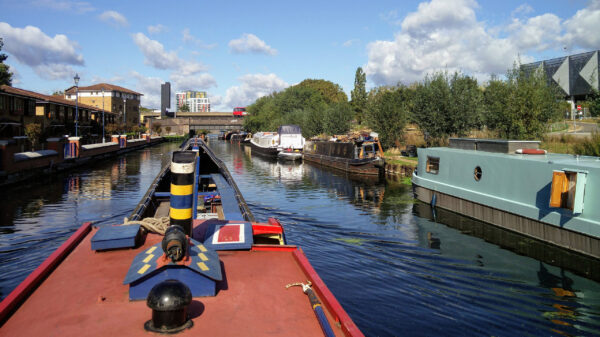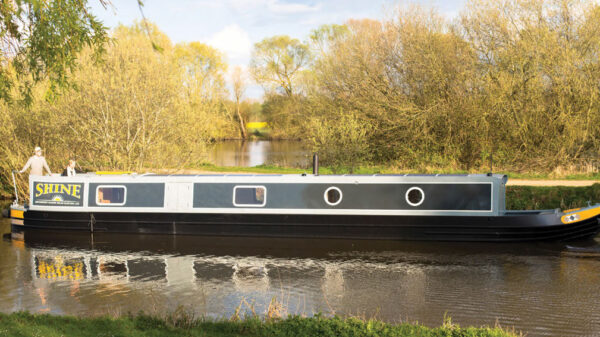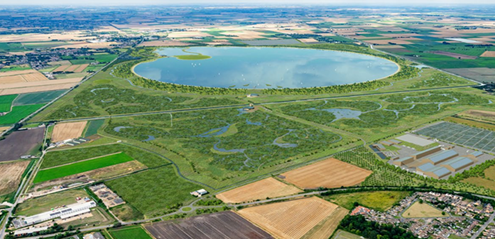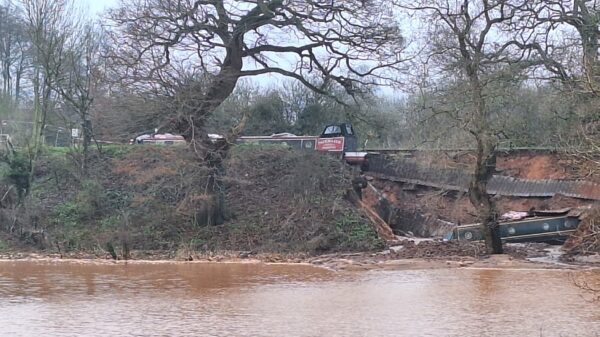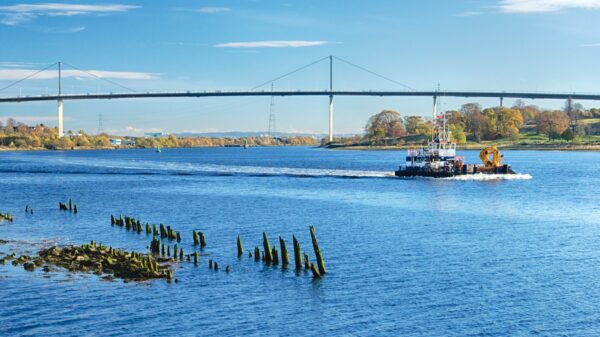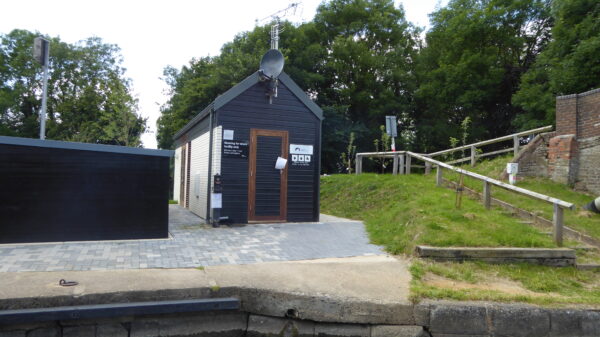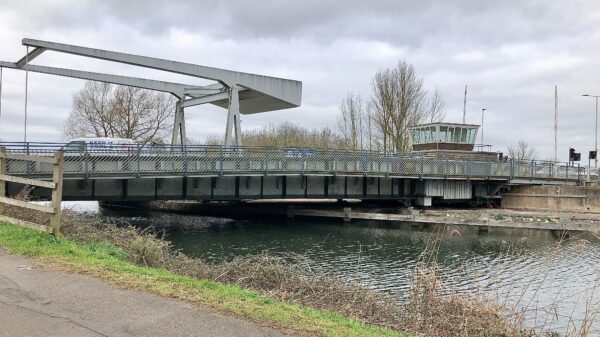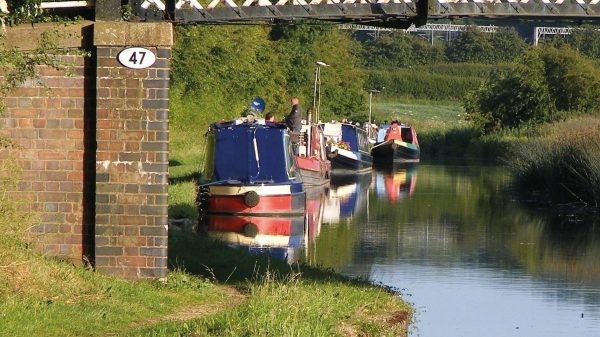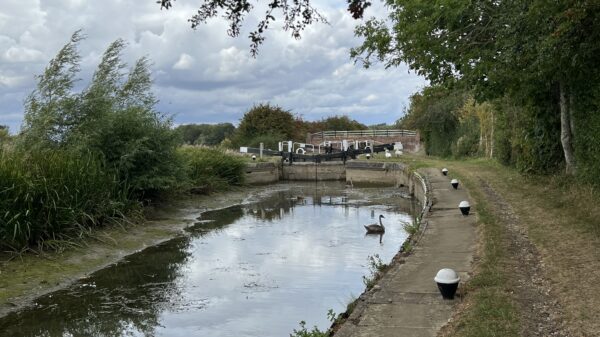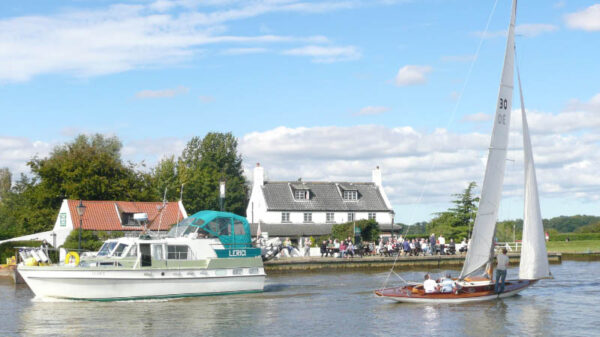Electric boating
Electric boating has the benefit of almost silent cruising. However, the reduced environmental impact of electric boating is arguably more important.
A boat with a well-designed electric drive system should use only about a third as much fuel for propulsion as it would if fitted with a modern diesel engine. In other words, it would produce only a third as much CO2. Emissions of particulates and nitrogen oxides will be similarly reduced.
As a bonus, most navigation authorities offer discounted licences for electrically propelled boats.

